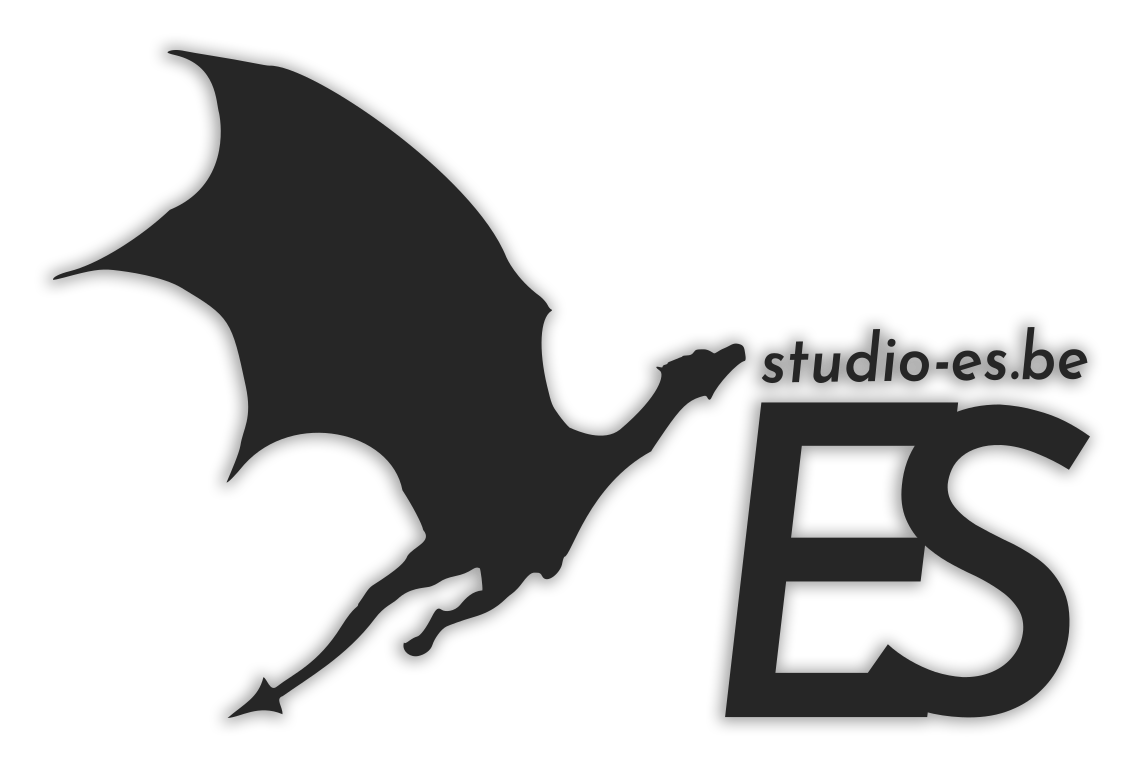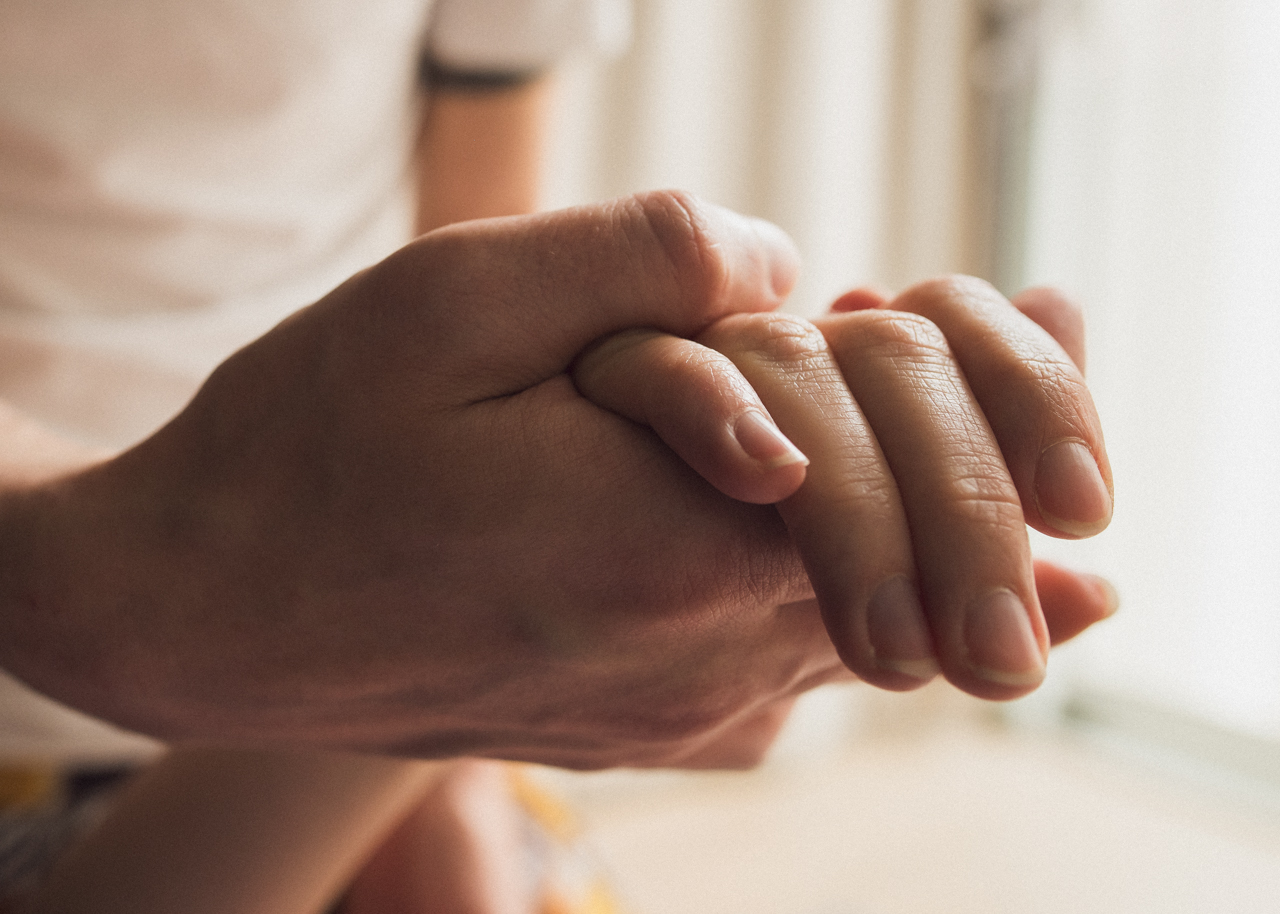Emotionele blokkades opheffen
De-armouring
Soft Touch-methode – in Gent
Laat de helende aanraking je openen

Sam
Studio ESSam
Hey there 👋
How can I help you?
Wie heeft baat bij de-armouring?
De Gaia Methode soft touch de-armouring therapie laat je lichaam op een zachte, liefdevolle en veilige manier spanning en emotionele blokkades loslaten die voortkomen uit ongewenste ervaringen uit het verleden.
De-armouring is waarschijnlijk voordelig voor je als je
- Continu pijn hebben in een deel van je lichaam, terwijl je arts je vertelt dat er niets mis is met je lichaam.
- Een of meer plekk(en) op je lichaam hebt die zó gevoelig zijn, dat niemand je op deze plek kan aanraken zonder dat je meteen ondraaglijk kriebel / branderige sensaties / angst begint te voelen
- Eén of meer plekken op je lichaam gevoelloos zijn of vrijwel niets voelen bij normale aanraking
- Spanning hebt op een deel van je lichaam dat altijd hardnekkig terugkomt ondanks kinesitherapie/stretching/massages
- psychotherapie hebt gevolgd voor een probleem en nu geconfronteerd wordt met het probleem dat je iets met je hoofd kunt begrijpen, maar je lichaam weigert het te voelen.
Als je twijfelt of je baat zou hebben bij de-armouring, raden we je aan een gratis intakegesprek van 15 minuten te boeken met onze therapeut Sam.
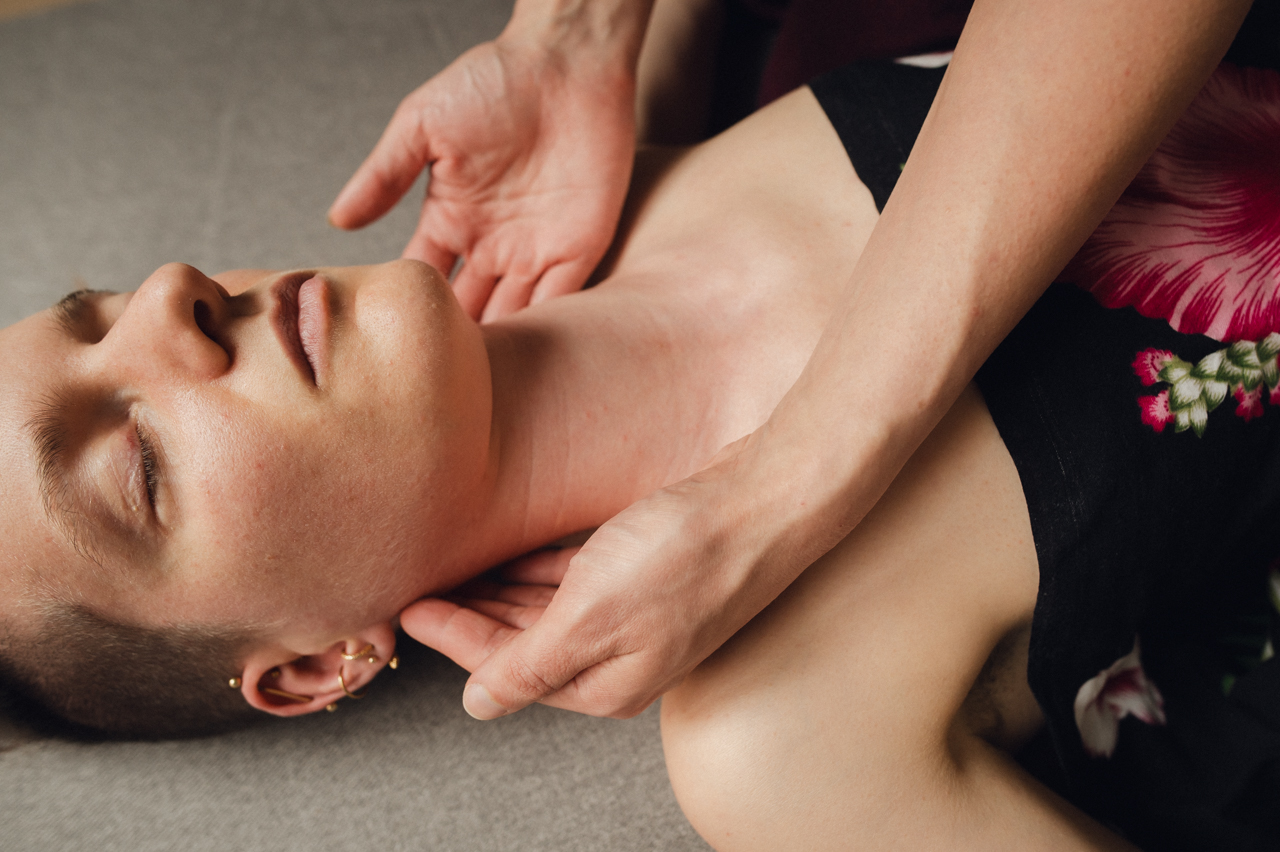
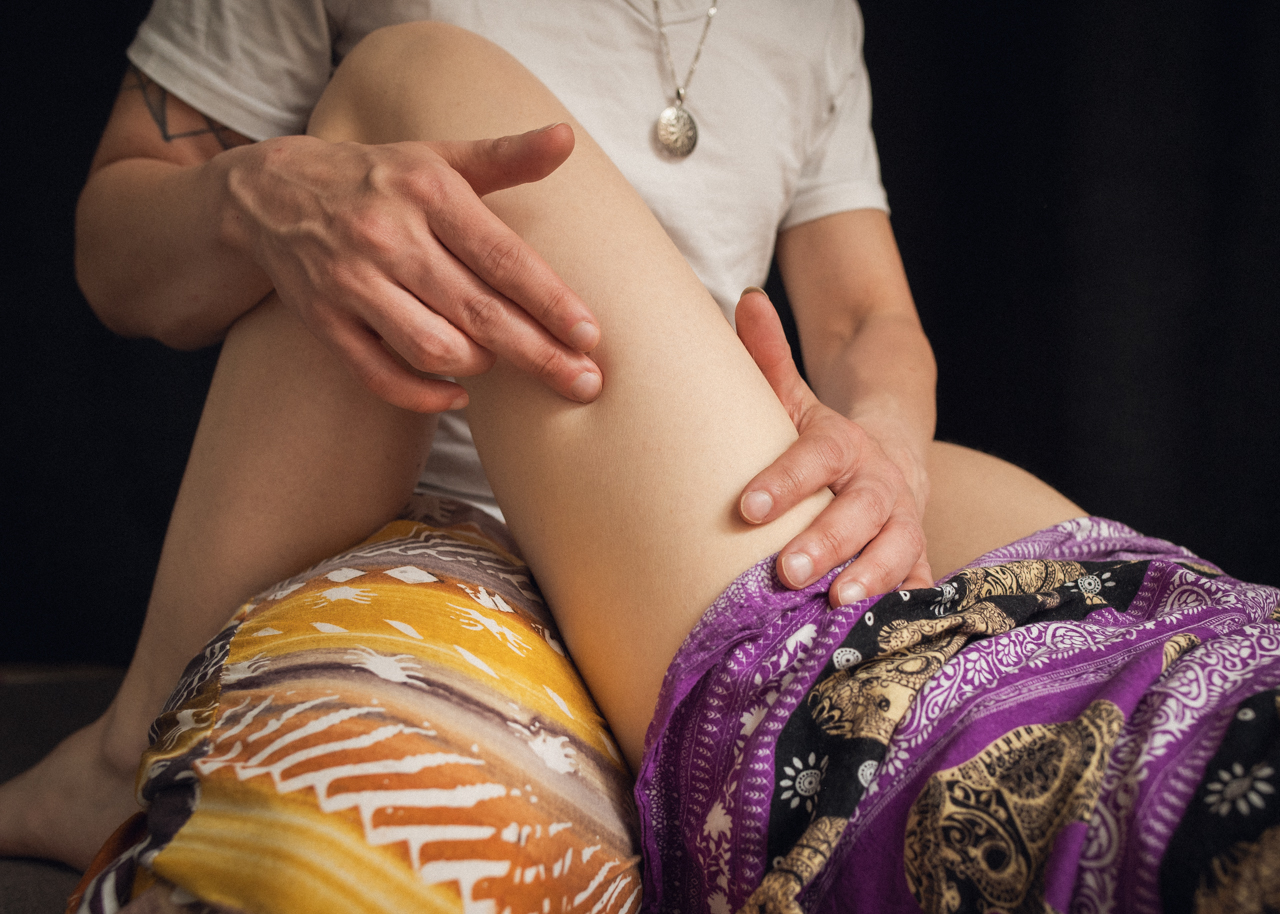
Vragen over de-armouring
Wat is soft touch de-armouring?
De-armouring is een specifieke lichaamswerktechniek die gericht is op het oplossen van het lichaamspantser uit het lichaam en het loslaten van de emoties en de spanning die in het pantser worden vastgehouden. Sam van Studio ES is een gecertificeerd de-armouring beoefenaar van The Gaia Method.
The Gaia Method is een behandelmethode ontwikkeld door de Deense psychotherapeute, seksuologe en verloskundige Susanne Roursgaard. De methode uitgaat van het inzicht dat lichaam en geest één geheel vormen: De geest is via het zenuwstelsel verbonden met alle hoeken en gaten van het lichaam. Alle problemen van de geest worden onvermijdelijk ook weerspiegeld in het lichaam en vice versa.
The Gaia Method therapie nodigt het lichaam uit om los te laten wat niet meer nodig is is door middel van zachte aanraking, in tegenstelling tot sommige Reichiaanse de-armouringsmodaliteiten die brute kracht gebruiken om het pantser open te breken.
Voor wie is seksuele de-armouring?
De soft touch de-armouring techniek kan ook worden toegepast in de genitale regio wanneer dit relevant is voor de problemen van de klant. Seksuele de-armouring kan nuttig voor je zijn als je
- een vrouwelijk lichaam hebt en last hebt van uitwendige of inwendige pijn tijdens seksuele contacten
- een vrouwelijk lichaam hebt en last hebt van gevoelloosheid of andere moeilijkheden om plezier te ervaren tijdens seksuele contacten
- een mannelijk lichaam hebt en last hebt van erectieproblemen, waaronder problemen om een erectie te behouden terwijl je een condoom draagt
- een mannelijk lichaam hebt en problemen hebt om ofwel je zaadlozing lang genoeg op te houden óf überhaupt tot een zaadlozing te komen.
- een mannelijk lichaam hebt en last hebt van prostaatgerelateerde problemen, waaronder problemen met plassen
Wat is lichaamspantser?
Wanneer we ongewenste ervaringen in het leven meemaken, komen er veel emoties en spanningen in het lichaam naar boven als de natuurlijke reactie van het zenuwstelsel. Als ons systeem in dit proces overweldigd raakt, wat vooral vaak gebeurt in onze jonge jaren, kunnen deze emoties en spanning voor lange tijd in het lichaam blijven hangen als lichaamspantser.
De meest tastbare vorm van lichaamspantsering zijn strakke “knopen” in spieren, maar lichaamspantsering kan zich in elk soort weefsel vormen, ook op de botten.
De term lichaamspantser werd oorspronkelijk beschreven door Dr. Wilhelm Reich, een leerling van Sigmund Freud wiens werk over psychoanalyse later onder andere de basis vormde voor de lichaamspsychotherapie.
Is alle lichaamspantser problematisch?
Elke volwassen persoon heeft lichaamspantser in zijn lichaam. Het is ook niet de bedoeling of nuttig om die allemaal te verwijderen. Een deel van die bepantsering kan veel meer symptomatisch zijn dan andere en het is de symptomatische bepantsering die we in de-armouringstherapie willen behandelen.
Typische lichamelijke symptomen van lichaamspantser zijn
- Langdurige pijn die niet kan worden verklaard door beschadigd weefsel of zenuwschade
- Spanning in een specifiek deel van het lichaam, die steeds opnieuw de kop opsteekt ondanks pogingen om het te masseren of weg te rekken
- Overgevoeligheid van een specifiek deel van het lichaam (onmogelijkheid om aanrakingen op dit deel te ontvangen vanwege ondraagbaar kriebel/brandend gevoel/angst die naar boven komt)
- Numbness, afwezigheid van gevoel in een bepaald deel van het lichaam
Wat zijn de voordelen van ontwapening?
De meeste mensen melden na het ondergaan van een behandeling bestaande uit 3-5 de-armouringssessies
- Verminderde spanning in hun lichaam
- Meer energie in het dagelijks leven
- Gemakkelijker hun emoties kunnen uiten
Afhankelijk van waarom ze naar de-armouring zijn gekomen, rapporteren veel mensen na 3-5 sessies
- Minder last van hun chronische pijn
- Toegenomen gevoeligheid in gebieden die voorheen gevoelloos waren
- Verhoogde tolerantie voor aanrakingen op gebieden die voorheen overgevoelig waren
Sommige mensen melden in de weken/maanden na de behandeling
- Geïnspireerd zijn om grote veranderingen in hun leven aan te brengen
- Geen angst of bezorgdheid meer ervaren in situaties die voorheen onuitroeibaar waren
- Eindelijk een grote doorbraak hebben bereikt met hun langetermijnprobleem
Waar is de-armouring NIET voor?
De-armouring is geen medische behandeling om beschadigd weefsel te genezen. De-armouring kan ook niets doen aan zenuwschade. Als je naar de-armouring gaat omdat je last hebt van chronische pijn, raadpleeg je altijd best eerst je arts om deze mogelijke oorzaken uit te sluiten.
De-armouring is geen vervanging voor psychoterapie. Het is een aanvullende modaliteit om de psychosomatische dimensie te behandelen. Het heeft de potentie om de effecten van niet-medicinale therapie te versterken.
De-armouring wordt afgeraden voor iedereen die een psychiatrische behandeling ondergaat waarbij psychoactieve medicatie wordt gebruikt. Kom in dit geval alleen tot de-armouring als dit een specifieke aanbeveling is van je behandelend psychiater.
Wat kun je verwachten?
Een sessie de-armouring duurt standaard twee uur. Een de-armouringsbehandeling bestaat afhankelijk van het geval meestal uit minimaal drie sessies met tussenpozes variërend van enkele weken tot enkele maanden.
De sessie begint met een gesprek in de therapieruimte. Hier vraag ik je even uit te leggen waarom je voor de-armouring komt en wat je met de therapie wilt bereiken.
Na de therapie mag je ongeveer een kwartier rusten om te integreren voor het einde van de sessie.
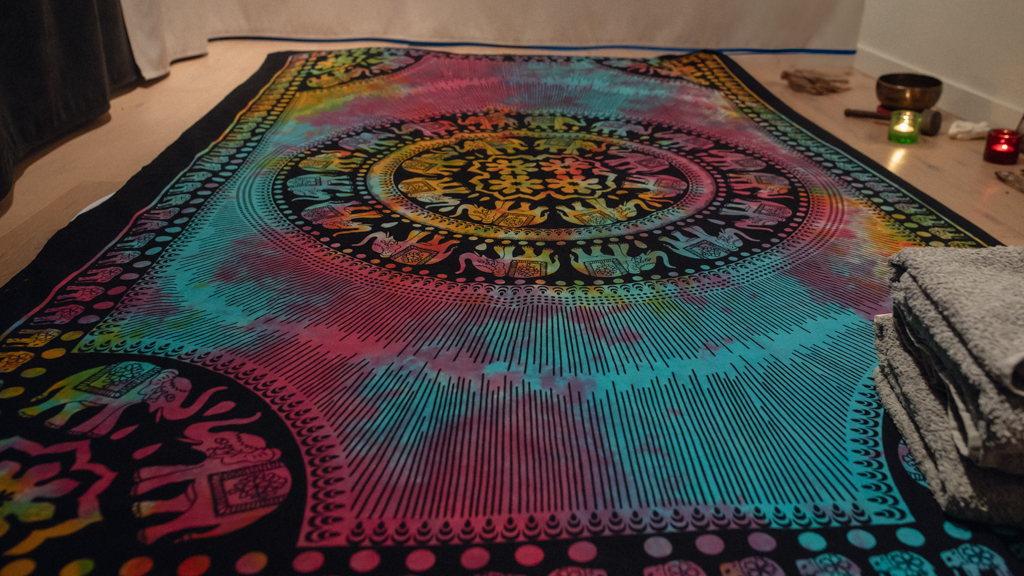
Goed om te weten
Voorbereiden voor de-armouring
Eet alleen licht of laat minstens twee uur tussen je laatste maaltijd en je geboekte sessie. We raden het af om kort na een zware maaltijd naar je sessie te komen. Eten kort na de sessie is daarentegen grondend en wordt aangemoedigd.
We raden sterk aan om alcohol, nicotine en cafeïne te vermijden in de 24 uur voor en na je sessie. Deze veranderen allemaal de werking van je zenuwstelsel, verminderen de ontvankelijkheid van je lichaam en verminderen het potentieel van wat je uit je sessie haalt. Als volledig afzien niet haalbaar is, raden we aan om maximaal de helft van je gebruikelijke hoeveelheid te consumeren.
Nazorg: Gun jezelf de tijd
De de-armouring behandeling brengt processen in je lichaam op gang die in de uren na je sessie doorgaan en tot 2-3 dagen na de sessie effect kunnen hebben. Je kunt vermoeidheid, emotionaliteit of prikkelbaarheid voelen, afhankelijk van wat er omhoog kwam en hoe diep je proces ging.
Op de dag van je sessie raden we je aan om voldoende tijd in te plannen om uit te rusten na de sessie. Het kan geen kwaad om na het ontwapenen aan individuele sport te doen als je voelt dat je er de energie voor hebt. Belangrijk is dat je jezelf niet over je grenzen duwt.
